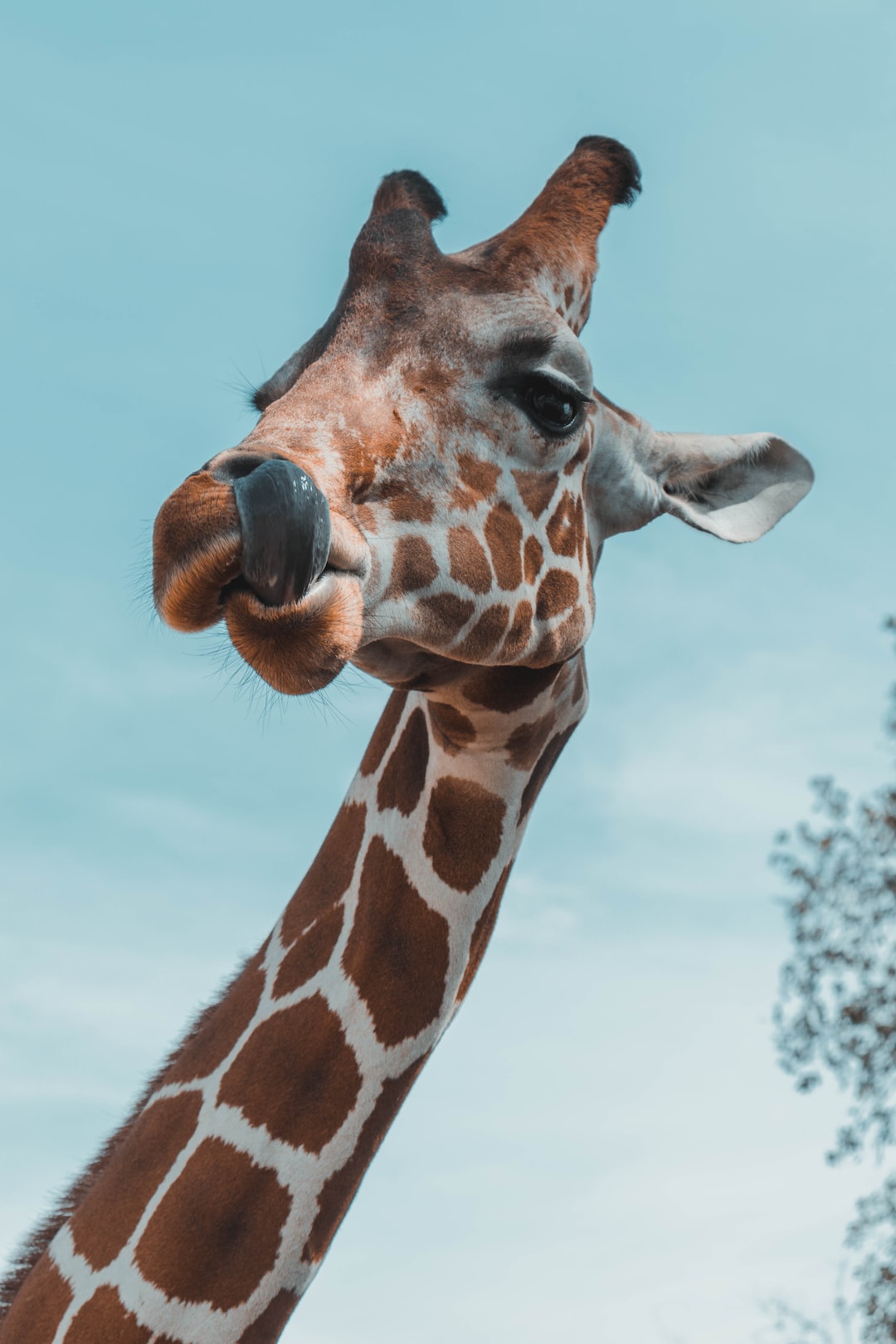Birds are known for their fascinating ability to migrate across vast distances, tirelessly maneuvering through various landscapes and weather conditions. The incredible migration patterns of birds have bewildered scientists and nature enthusiasts for centuries, unveiling the astonishing magnitude of these avian journeys. From the Arctic tundra to the African savannahs, the skies become highways for millions of birds, showcasing their exceptional navigational skills and fueling our awe for the natural world.
Migration is a crucial survival strategy for numerous bird species, enabling them to find suitable breeding grounds, abundant food sources, or favorable climatic conditions throughout the year. Some birds embark on short-distance migrations, such as moving within a country or continent, while others undertake incredibly long journeys that span continents and even oceans.
One of the most renowned migratory birds is the Arctic Tern, known for its remarkable journey from the Arctic to the Antarctic and back. Covering an astonishing 44,000 miles every year, this small bird achieves the longest recorded migration in the avian world. By adopting a zigzag route, the Arctic Tern capitalizes on prevailing winds, utilizing them to conserve energy while flying long distances. Witnessing the endurance and precision of these birds as they navigate across nearly the entire globe is truly awe-inspiring.
Another migratory marvel is the American Golden Plover, which covers an annual distance of over 20,000 miles. These birds breed in the Arctic and travel all the way to South America during the non-breeding season. What makes this journey even more astonishing is that the American Golden Plover undertakes a non-stop flight over the open ocean, lasting up to 72 hours. This is a testament to the stamina and resilience exhibited by these feathered migrants.
Birds employ various navigational strategies to guide them across vast distances. They utilize landmarks, such as coastlines, mountain ranges, and rivers, to orient themselves during their journeys. Additionally, many birds possess a built-in compass that enables them to detect subtle changes in the Earth’s magnetic field. Recent studies suggest that migratory birds may also use celestial cues, such as the position of the sun and stars, to navigate. It is truly remarkable how these seemingly delicate creatures possess such sophisticated navigational abilities.
However, the journey of migration is not without perils. Birds face countless challenges along their routes, from adverse weather conditions and exhaustion to predators and habitat loss. Many migratory birds must traverse hazardous areas, including deserts, mountains, and vast bodies of water. Man-made obstacles, such as tall buildings and communication towers, pose a significant threat, leading to countless bird collisions each year.
To protect these incredible species, conservation efforts are crucial. Wetlands, forests, and other vital habitats must be preserved to ensure birds have proper resting and feeding grounds during their migrations. Additionally, measures such as implementing bird-friendly architecture and reducing the use of pesticides can help mitigate the threats posed by human activities.
Bird migration is not only vital for the survival of avian species but also influences a range of ecological processes. Birds act as vectors for seed dispersal, pollination, and pest control, contributing to the overall health and diversity of ecosystems. The loss of migratory birds could have profound consequences for the delicate balance of nature.
Studying bird migration patterns has provided invaluable insights into the marvels of the natural world. It unveils the interconnectedness of different regions, showcases the adaptability of birds, and highlights the need for international collaboration in nature conservation. By appreciating and understanding the incredible migration patterns of birds, we gain a deeper appreciation for the complexity and beauty of the world we share with these magnificent creatures.
